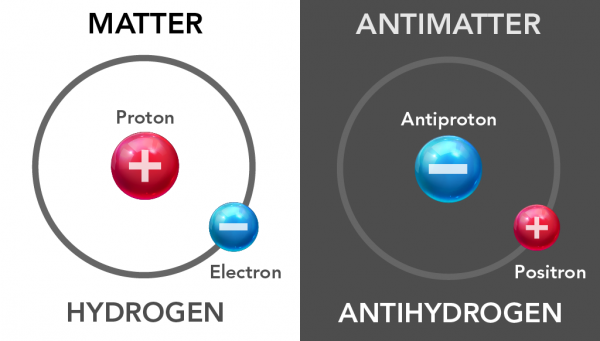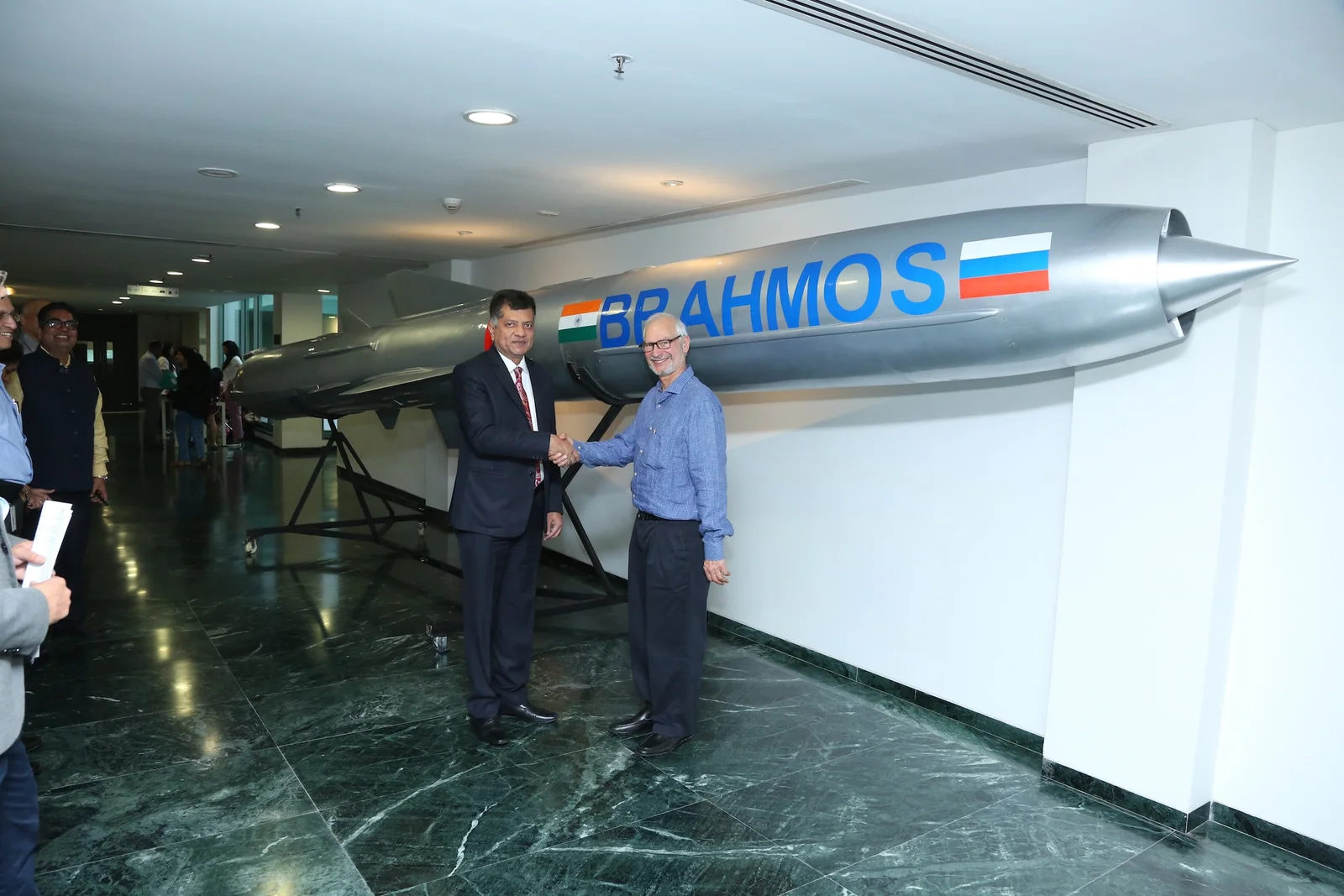- Courses
- GS Full Course 1 Year
- GS Full Course 2 Year
- GS Full Course 3 Year
- GS Full Course Till Selection
- Online Program
- GS Recorded Course
- NCERT (Recorded 500+ Hours)
- Polity Recorded Course
- Geography Recorded Course
- Economy Recorded Course
- AMAC Recorded Course
- Modern India, Post Independence & World History
- Environment Recoded Course
- Governance Recoded Course
- Science & Tech. Recoded Course
- International Relations and Internal Security Recorded Course
- Disaster Management Module Course
- Ethics Recoded Course
- Essay Recoded Course
- Current Affairs Recoded Course
- CSAT
- 5 LAYERED ARJUNA Mentorship
- Public Administration Optional
- ABOUT US
- OUR TOPPERS
- TEST SERIES
- FREE STUDY MATERIAL
- VIDEOS
- CONTACT US
LASER COOLING OF POSITRONIUM
LASER COOLING OF POSITRONIUM
19-03-2024
- The AEgIS (Anti-hydrogen Experiment: Gravity, Interferometry, Spectroscopy) collaboration operating at the European Organization for Nuclear Research, more popularly known as CERN, in Geneva has achieved an unprecedented milestone.
- This milestone is the demonstration of laser cooling of positronium, which is a significant advance in antimatter research.
Key Highlights:
- AEgIS, which involves physicists from Europe and India, aims to study anti-hydrogen atoms and measure Earth's gravitational acceleration on anti-hydrogen.
- Positronium (Ps), discovered in 1951, is the lightest known atom, consisting only of an electron (e−) and a positron (e+). Positronium is an unstable atom made up of an electron and its anti-particle, a positron, that are bound together.

- In modern physics, matter is made up of atoms and has 2 fundamental properties: mass and volume. Antimatter is matter with the same mass as matter, but with opposite charges, parity, and time.
- Laser cooling, a method based on particles absorbing and emitting photons, was chosen to slow down the highly unstable positronium particles for more precise measurements.
Laser Cooling Method:
- Laser cooling involves particles absorbing photons and emitting them in random directions, thus slowing down their momentum.
- Experimentalists successfully cooled Positronium atoms from ~380 Kelvin to ~170 Kelvin using an alexandrite-based laser system.
Conclusion:
The success of the AEgIS experiment in laser cooling positronium represents a significant leap forward in antimatter research, offering possibilities for future discoveries and applications.

![img-PSYCHOLOGICAL WARFARE [PSYWAR]](https://i.filecdn.in/755esias/PSYCHOLOGICALWARFAREPSYWAR-1747206772505.jpg)

